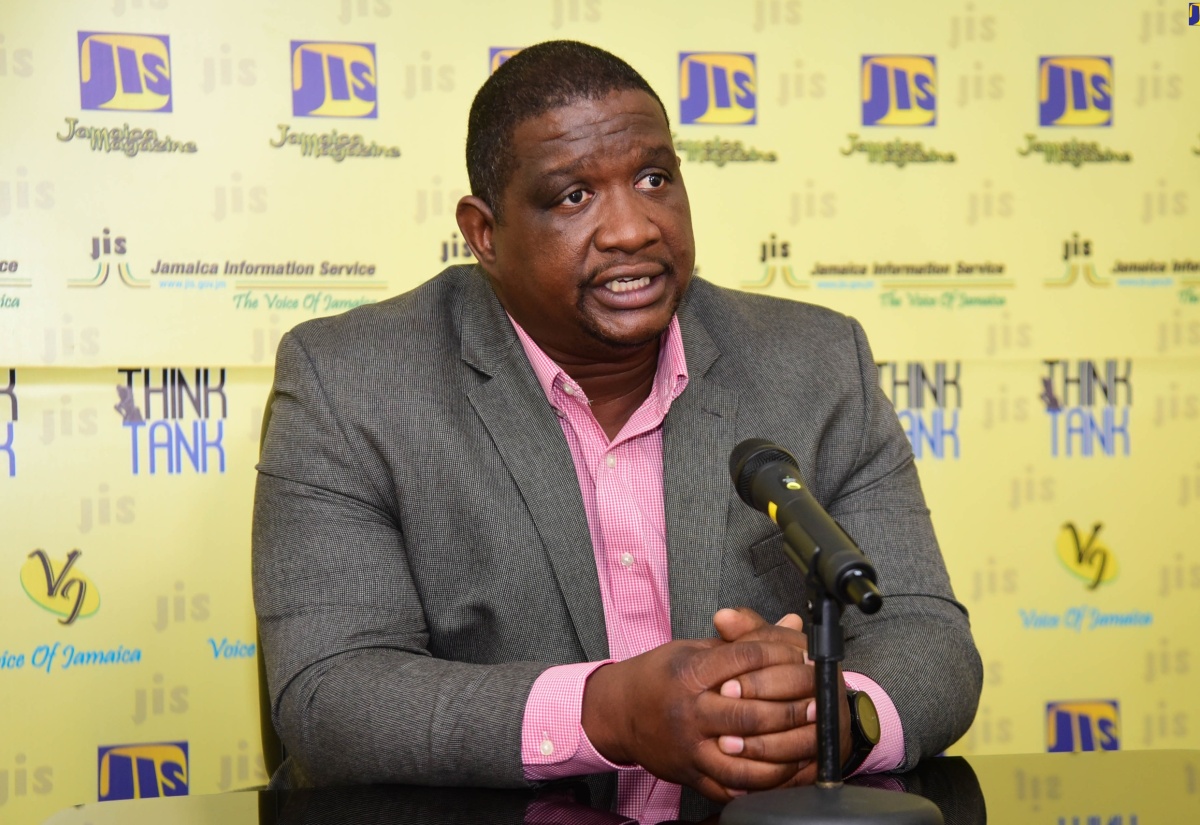Safety Mechanisms in Place at UWI Modular Reactor
By: , March 20, 2024The Full Story
Director General of the Hazardous Substances Regulatory Authority (HSRA), Dr. Cliff Riley, says the necessary checks and balances have been put in place to ensure safe research into nuclear technologies and gamma radiation locally.
Research into nuclear technologies at the country’s only modular nuclear reactor, located at the University of the West Indies (UWI), Mona, is in a bid to explore possible alternative sources of energy for Jamaica.
Addressing a recent JIS Think Tank, Dr. Riley said that while the risk of harmful effects arising from the exploration of nuclear energy possibilities is minimal, several emergency response systems have been put in place by the HSRA.
“We have radioactive sources in Jamaica, but they’re not high-energy radioactive materials. We have gone much further in terms of the transportation policies and the Risk Emergency Management Programme, where we have members of the Jamaica Fire Brigade who are trained both locally and internationally to be able to respond in the event that any of those sources are missing or they are lost at some point,” Dr. Riley said.
The Office of Disaster Preparedness and Emergency Management (ODPEM), Jamaica Constabulary Force (JCF) and Jamaica Defence Force (JDF) are also part of the emergency response programme.
Dr. Riley added that all facilities under the purview of the HSRA are equipped with safety features and mechanisms that must be in place, namely fire mitigation systems, radiation, and emergency protection plans.
“From the regulatory space, there are a number of protocols and procedures in place and we also test, inspect and validate those procedures well to ensure they’re effective and, in case anything happens, we’re able to respond in a timely and effective manner,” he said.
For his part, Director General of the International Centre for Environmental and Nuclear Sciences (ICENS) at the UWI, Mona, Professor Charles Grant, noted that an explosion or similar event is unlikely to occur at the institution’s research modular reactor.
He pointed out that, owing to its smaller size, there is no possibility of a nuclear meltdown or other such disaster on the university campus stemming from the reactor.
“The reason that you’re seeing interest in these small modular reactors now is that if you make the reactors smaller and make a number of them, you increase safety. The problem with the old reactors was that you had so much energy packed into one place that if something went wrong the excess energy was sufficient to melt the fuel. The reason why we’re even considering small modular reactors is to prevent anything like a nuclear explosion or a meltdown. But for now, for our reactor on campus there is no possibility of a nuclear explosion,” he said.



